About Jjimjilbangs and sauna bathing culture in South-Korea
Jjimjilbangs are modern-day sauna bathing complexes found in all the cities around South Korea. Korea has a long history of sauna bathing and wellness. We are really interested in this phenomenon at OIVA. Here, we will take a quick look at the Korean sauna bathing culture.
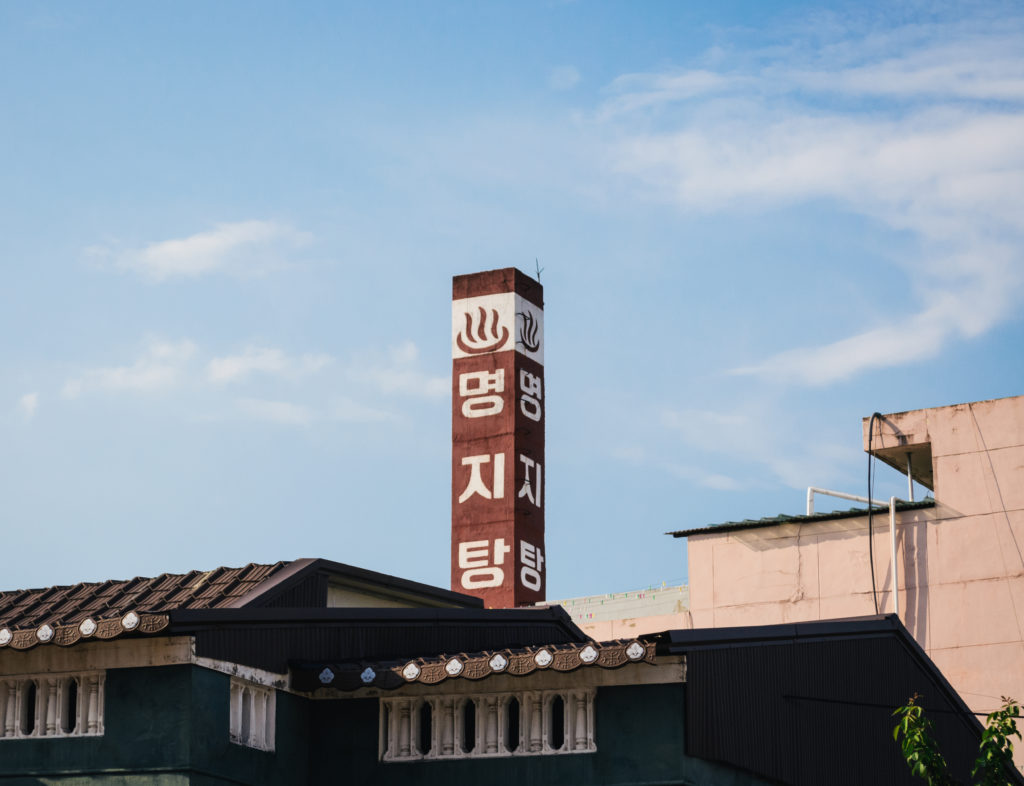
Korean sauna bathing from Hanjeungmak to Jjimjilbang
The Korean sauna
Buddhist monks maintained, the Hanjeungmak, a state-supported traditional Korean sauna since 1429. This kiln type sauna traditionally works by burning wood overnight. Burning the wood stores the heat in the dome-like stone structure. The kiln sauna was originally built for medicinal purposes. It is thought to strengthen the immune system and detoxify the body through natural elements that the sauna room releases.
Nowadays, Hanjeungmak saunas are most commonly incorporated inside modern-day sauna facilities called Jimjilbangs. However, In recent years there has been a surge of new businesses focused solely on traditional kiln saunas.
The Korean bath
Bathing in a heated pool was a luxury reserved for the royalty until the Joseon dynasty. In the aftermath of an epidemic, that killed tens of thousands, an activist Pah Yung-Hio proposed, in 1888, to King Gojong, several reforms. One of those was to build public bathhouses to improve the general public’s hygiene. At that time not many people could afford clean water in their homes. It wasn’t long after that the Koreans started building public bathhouses. From there on, it has been one uphill for the Korean bathing culture as people soon realized the possibilities of commercializing bathing into businesses. Still in the 1980s and 1990s going regularly to public bathhouses was very much custom among the population. So much so, that even when bathtubs started to appear in apartments some people used them for making the laundry, and even kimchi, rather than bathing.
Jjimjilbangs a part of Korean contemporary culture
Modern-day sauna facilities are called Jjimjilbangs (찜질방), 24 hour-all day bathing complexes with the possibility to also stay the night.
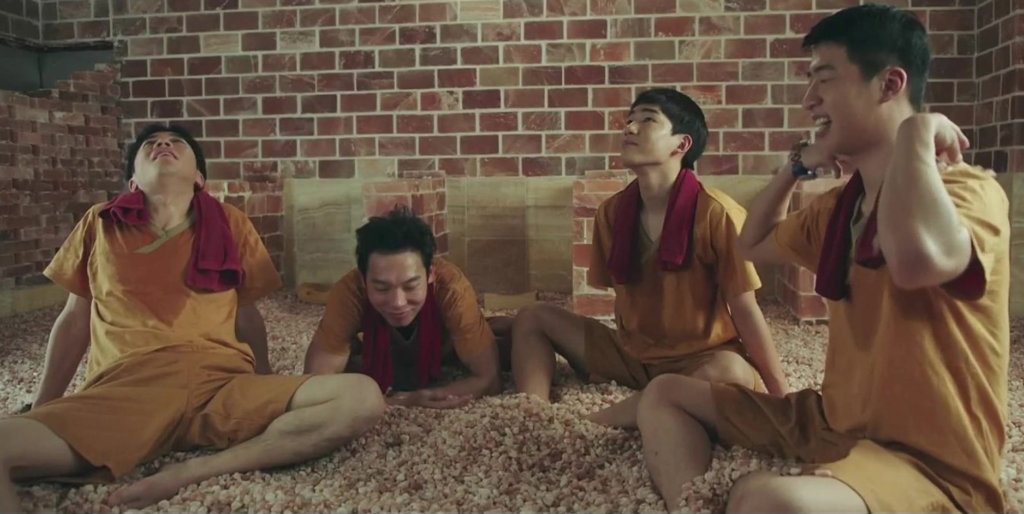
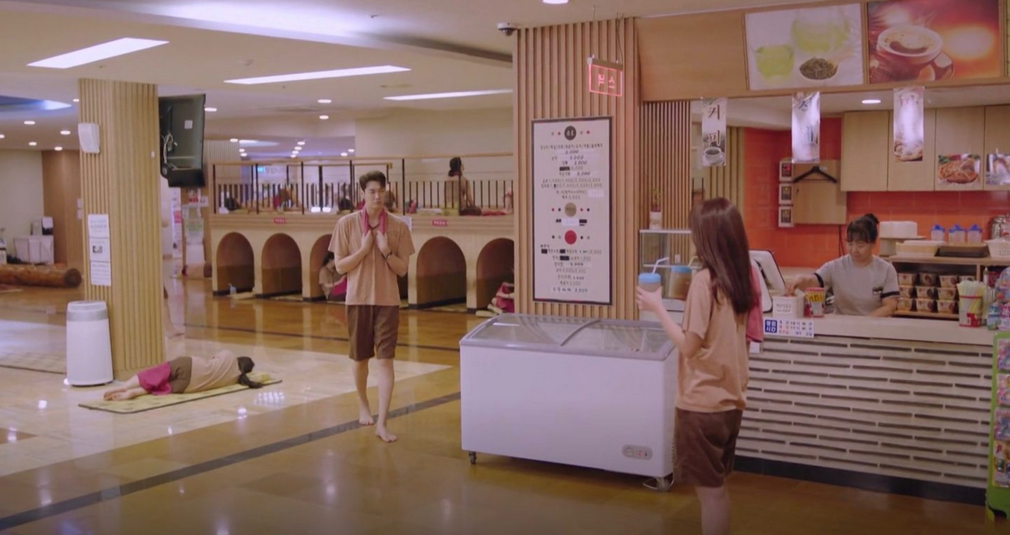
Millions of Koreans visit their local Jjimjilbang every day to relax, engage in a series of beauty rituals and spend time with family and friends. You can find Koreans of all ages visiting Jjimjilbangs: youngsters, couples, families and the elderly alike. Generally, Jjimjilbangs have cold and hot pools, different types of saunas, massage and treatment areas and communal sleeping rooms. The biggest Jjimjilbangs have also restaurants, nail salons, game rooms, gyms, movie theatres etc.
Jjimjilbang’s wellness areas are separated into different sections. When you visit a Jjimjilbang after placing your belongings into a locker you are going to go to a gender-segregated bathing area. In this “wet” area nudity is mandatory due to hygienic reasons. Before using the pools and saunas it is also mandatory to take a shower. To go to the “dry” area you change into the Jjimjilbang clothes usually a T-shirt and shorts. In this area, there are different types of saunas and communal areas depending on the establishment you’re in.
Jjimjilbang after sauna snacks
After the sauna getting a bite to eat is part of the Korean sauna ritual. There is a selection of lighter and heavier foods available. Here is a couple of traditional after sauna snacks:
- Baked Egg (맥반석 계란), possibly the most commonly known snack among K-drama fans that Koreans have incorporated into their bathing ritual. They are slowly cooked inside the sauna.
- Iced Sikhye (식혜) is a perfect after sauna drink. It is a sweet and icy rice based drink.
- Patbingsu (팥빙수), a shaved ice dessert loaded with sweet toppings such as condensed milk, fruits, red beans etc.
- Miyeok-guk (미역국) a seaweed soup made from miyeok.
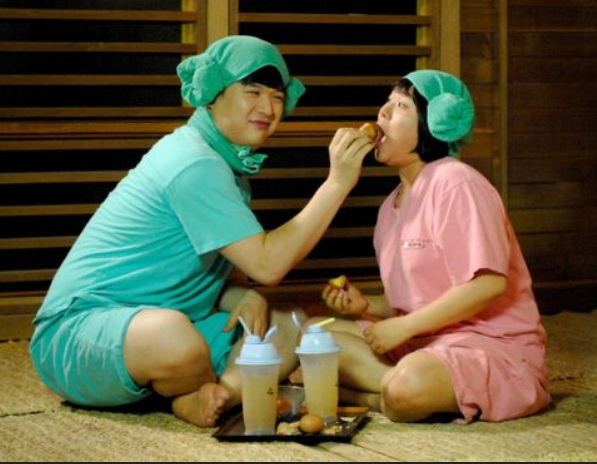
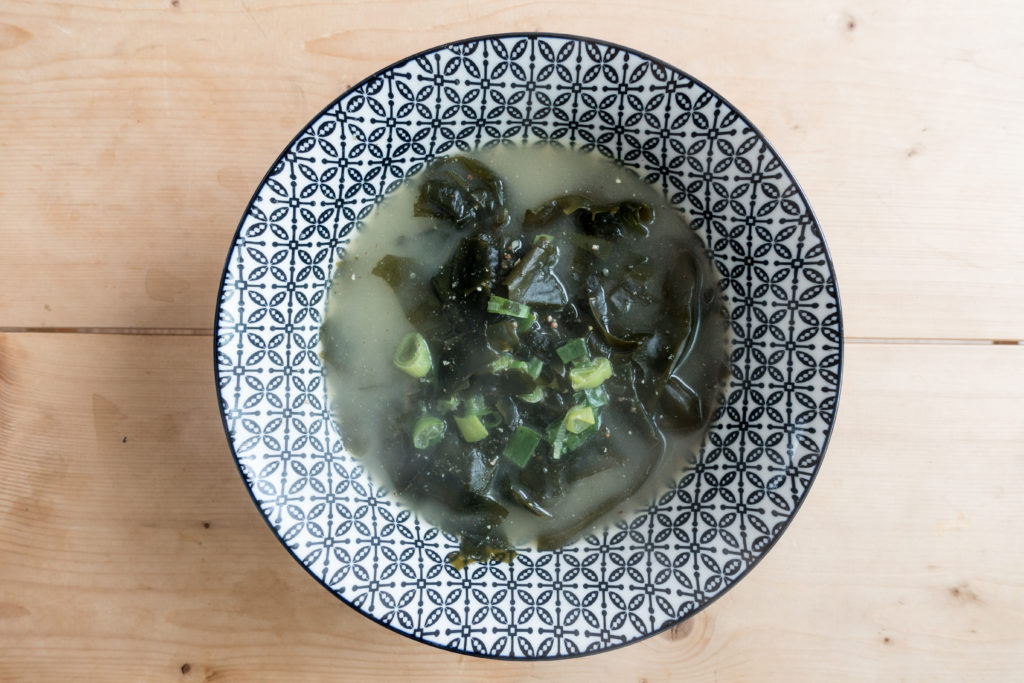
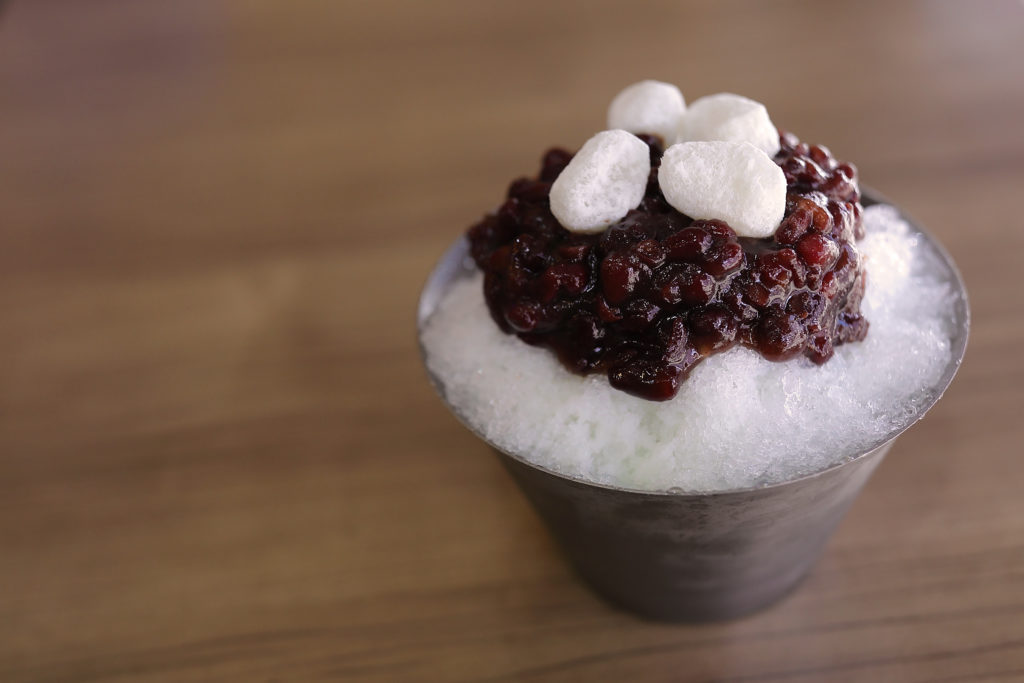
Affordable luxury
The Jjimjilbangs are usually very moderately priced. Admission prices range from around 8,000-12,000 won. The price depends on when you go and whether you plan on spending the night. Snacks and treatments cost extra.
Visiting a Jjimjilbang or a traditional kiln sauna should definitely go on everyone’s travel itinerary when visiting South Korea. There are not many places in the world where you can get such a unique glimpse into local life.
LINKS:
http://jthmnet.com/journals/jthm/Vol_6_No_2_December_2018/8.pdf
http://www.bbc.com/travel/story/20121129-the-origins-of-bathhouse-culture-around-the-world
https://www.nytimes.com/2010/08/27/world/asia/27iht-kiln.html




